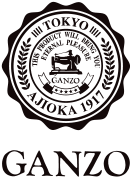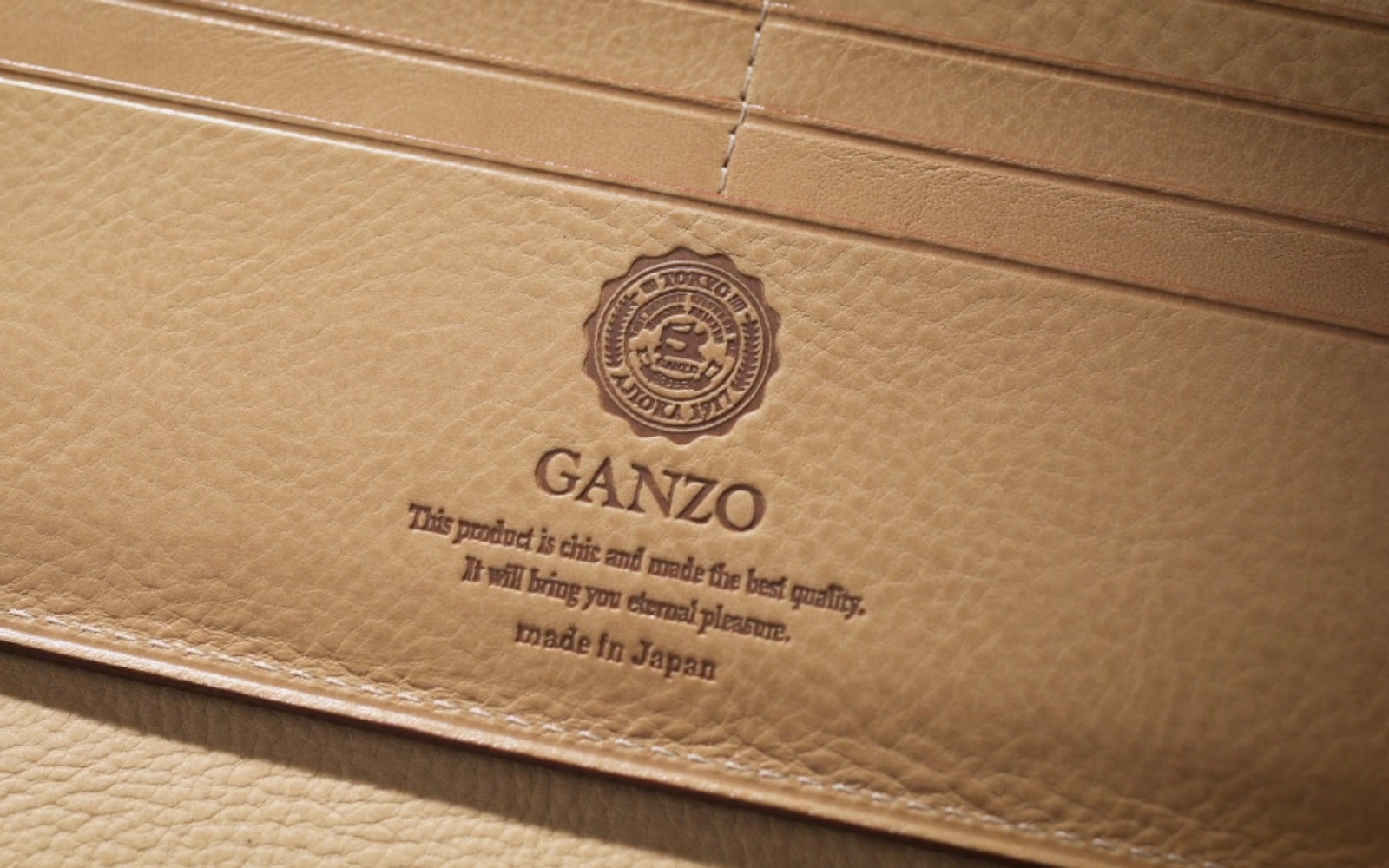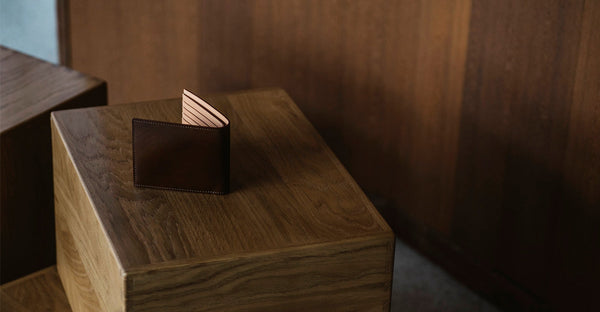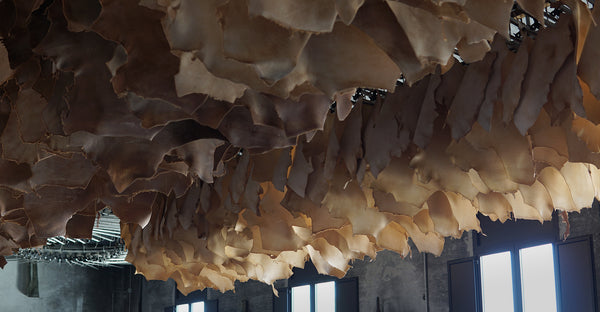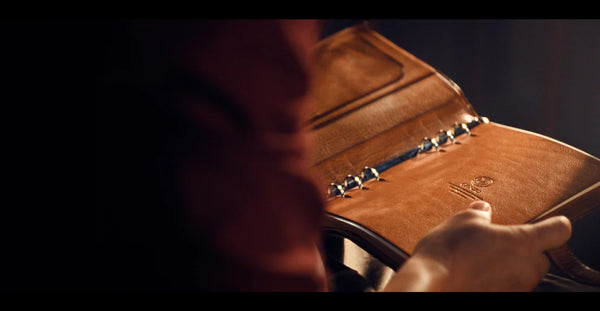A Journey Tracing the 7QS-H
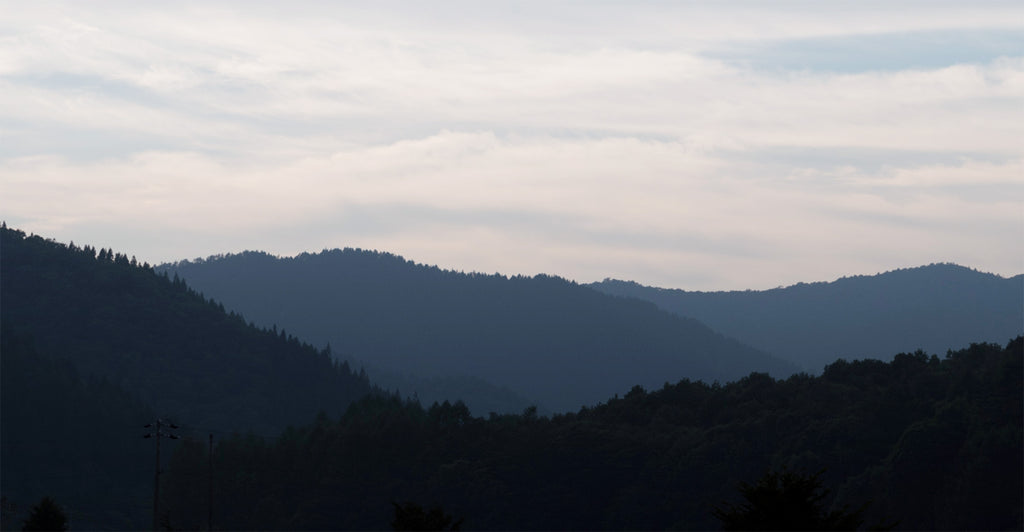
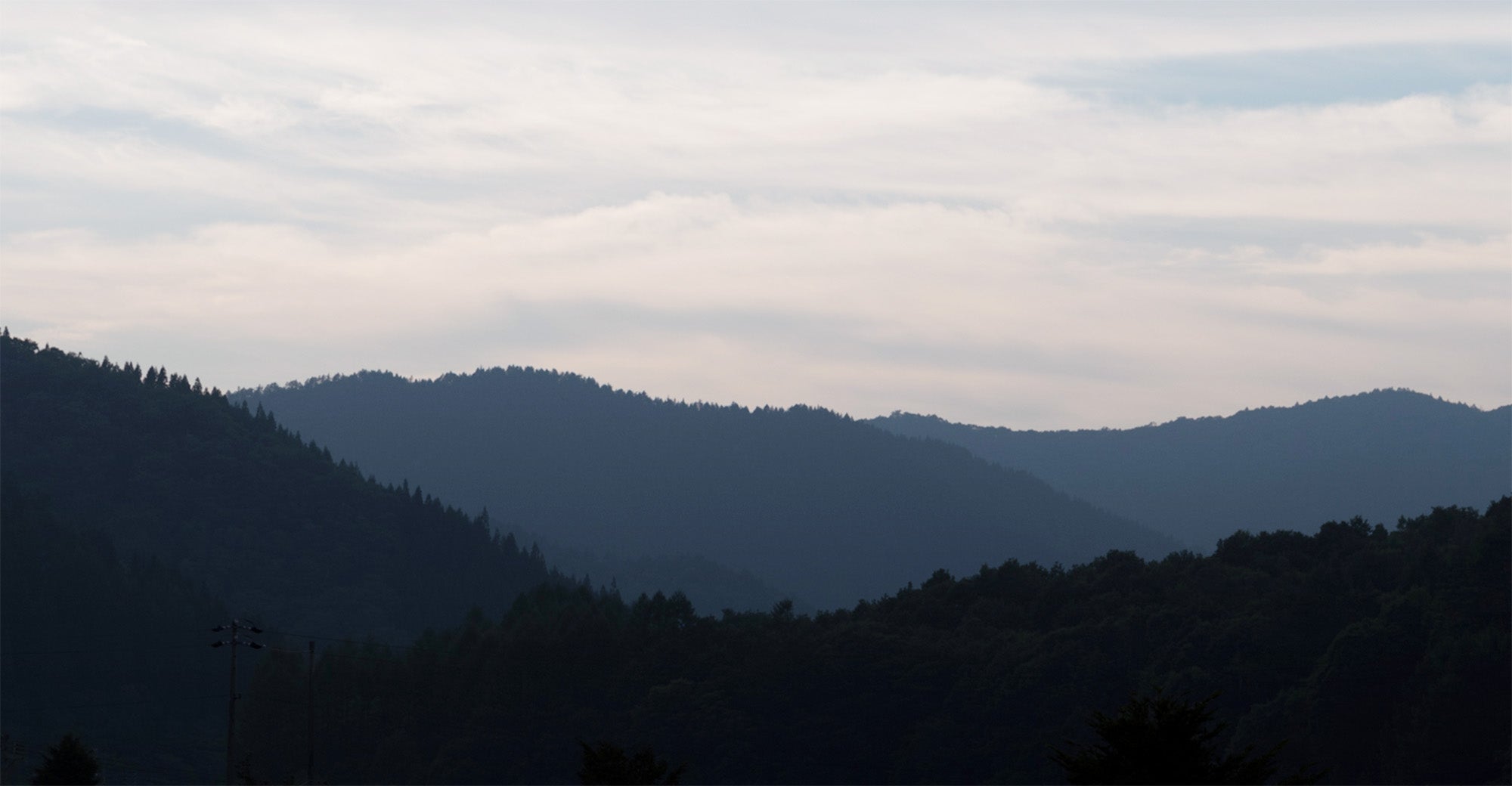
A Journey Tracing the 7QS-HWhy choose Hida beef?
Hida beef is used for the leather of GANZO's 7QS-H. Originally, cows are raised with an emphasis on meat quality, and raising the quality of the meat naturally leads to a higher quality of leather. Hida City in Gifu Prefecture is a place where a revolutionary process is introduced to the skin, which is positioned as a "by-product of the meat," and where the freshness of the skin is not compromised. The reason why we choose Hida beef is because it is the only cow with a unique skin process in Japan, and we insist on complete domestic production.

Living with Nature in Hida
Hida Takayama in Gifu Prefecture is surrounded by nature and overlooking the majestic Northern Alps. Hida Takayama is a place where the traditional culture handed down from ancient times still remains, and the harmony between the beautiful nature and the people's daily lives attracts many tourists. Hida beef is raised with the blessings of Hida's abundant nature, such as pure water and clean air. Hida is also known as the place in Japan where the temperature difference is felt most throughout the year.
Establishment as a Beef Brand
Established in 1988, the Hida Beef Brand Promotion Council celebrated the 30th anniversary of the branding of Hida beef in January 2018, with the goals of producing superior beef brands that consumers appreciate, stabilizing beef cattle management, and promoting Hida beef sales. Currently, about 10,000 Hida beef are fattened in Gifu Prefecture, and through many ups and downs, the brand has established its strength. It has now become one of the leading specialties of Gifu Prefecture.

Technology to maximize
freshness of Hides
While the branding of Hida beef was progressing, "leather culture" had not taken root in Japan, and the management of beef hides was minimal compared to that of meat. It was a tannery in Himeji that realized this. They were determined to "work with raw hides" and finally came across Hida beef, which was becoming increasingly branded, and the Hida beef suppliers.
Originality born out of reference
to overseas techniques
In Japan, beef hides are generally preserved in salt before shipping, but a new preservation method called "chilled" was adopted in order to further improve the freshness of the hides. Chilled means that the hides are not salted at all, but are cooled at an exquisite temperature setting to prevent them from freezing. The tannery itself encouraged the factory to introduce this method, and the necessary machinery was also custom-made. The machine is modeled after a European one, and the tanner actually brought in a technician from overseas to give a lecture on where and how to cut the skins. This process is arranged in the Japanese style, creating a chilled process that can only be found here in Japan. This process has been patented, and it is a technology that no one else has been able to imitate, and it took about two years before it was fully introduced.
High-risk chilled process
The chilled skin cannot be stored for a long time, so speed is key. The pressure to sell everything as a product and the year-round work schedule are very taxing on the tannery. This is why many other tanneries have not introduced the risky chilled process. The one-of-a-kind technology that was born in Hida is the result of the relentless pursuit of quality by the tannery in Himeji and the passion of the people involved with Hida beef.

The baton passed from Hida to Himeji
The fresh hides brought from Hida are tanned in Himeji City, Hyogo Prefecture, the number one producer of leather in Japan. Tanning means: softening the skin and making it durable and water-resistant. Himeji is a region where leather production has taken root, but the number of tanneries has been gradually decreasing in recent years. 7QS-H is born from the precious and particular tanning process.
A tannery town with a long history
and tradition
Himeji City has been a place where tanning techniques have been developed since ancient times. Himeji has a 1,400-year history of leather production and boasts the largest number of tanneries and leather products in Japan. Himeji was originally a castle town, and the area was used to make armors and other items. Leather was essential for these weapons, and leather tanners still exist in the area. The abundance of high quality water, which is important for the tanning process, is another factor that has contributed to the development of the area up to the present day.
From skin to leather

1. From raw hides to tanning
Fresh raw hides brought from Hida are placed in a drum and washed to remove the fat. Next, the cow hair is melted with chemicals to make it uniform in thickness. The hides are then divided and enzymes are used to soften the hides, and salt and acid are used to bring them to a state suitable for tanning. After these processes, chemicals called tanning agents are added and the leather is tanned. After this tanning process, the leather is called "leather".

2. Aging
After tanning, the leather is left to dry for about 6 to 8 months, depending on the season. Normally, other tanneries do not perform the aging process, but this process is indispensable because the longer it takes, the better the quality of the leather will be. Before and after the aging process, the leather is carefully selected for use in the 7QS-H.

3. Dyeing and greasing
After aging, a complete leather base is created. The leather is then re-thinned, placed in drums, colored, and oiled. The 7QS-H series differs from other products in that it uses a different blend, type, and amount of time to add oil, and it is more generously oiled than other products.

4. Final process
Dyed and oiled leather is placed in our original machine, the only one of its kind in Japan, in which the leather is stretched to remove a certain amount of water. The leather is then dried by hand and allowed to dry slowly and naturally. After that, we adjust the color and gloss, and apply a color stopper to prevent the color from fading. This unique arrangement of various processes results in the high quality leather used for 7QS-H.

Craftsmen who create the
look of leather
The process of transforming raw hides into leather is said to produce different expressions depending on the tannery. In general, the tanning process is called "pre-tanning" before the main tanning process, but here the tanning process is done directly with tanning agents just like in Italy. This way, the leather does not lose its shape and becomes strong and high quality. Although there are various risks involved in directly tanning, we follow the Italian process and work on it with the spirit of "making the leather as good as possible".
A completely original recipe for the combination of chemicals, ironing process, temperature control, speed, and drying was developed, with the leather being handled accordingly. To see what chemicals and finishing agents are appropriate, we see with our own eyes, carefully select, directly purchase, and work. The leather used in 7QS-H is the result of the persistence and know-how of craftsmen from Hida to Himeji, and all of these processes are indispensable. We invite you to experience the expression of Hida leather with your own eyes and hands.

Attraction of 7QS-H
7QS-H stands for "Seven Qualities Shrink -HIDA. Seven Qualities" refers to the seven processes of "materials," "cutting," "cutting," "sewing," "hemming," "polishing," and "finishing," all of which reflect the spirit of GANZO's pursuit of high quality. The daypacks and backpacks that can hold a man's seven essentials for business and off-time are a must-see type. As we actually introduced in this article, Hida beef is subjected to a unique leather process in Japan. We hope you can feel the expression and change of each of these leathers and make it a special item for you.
